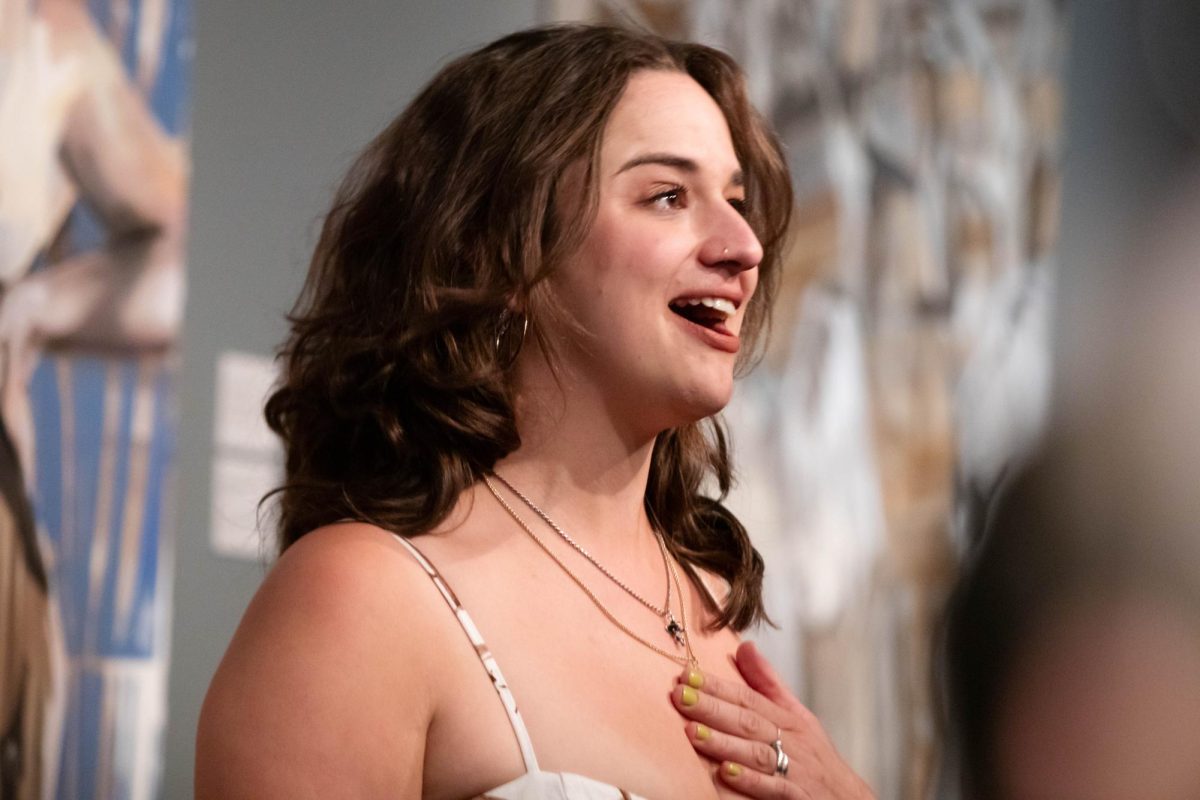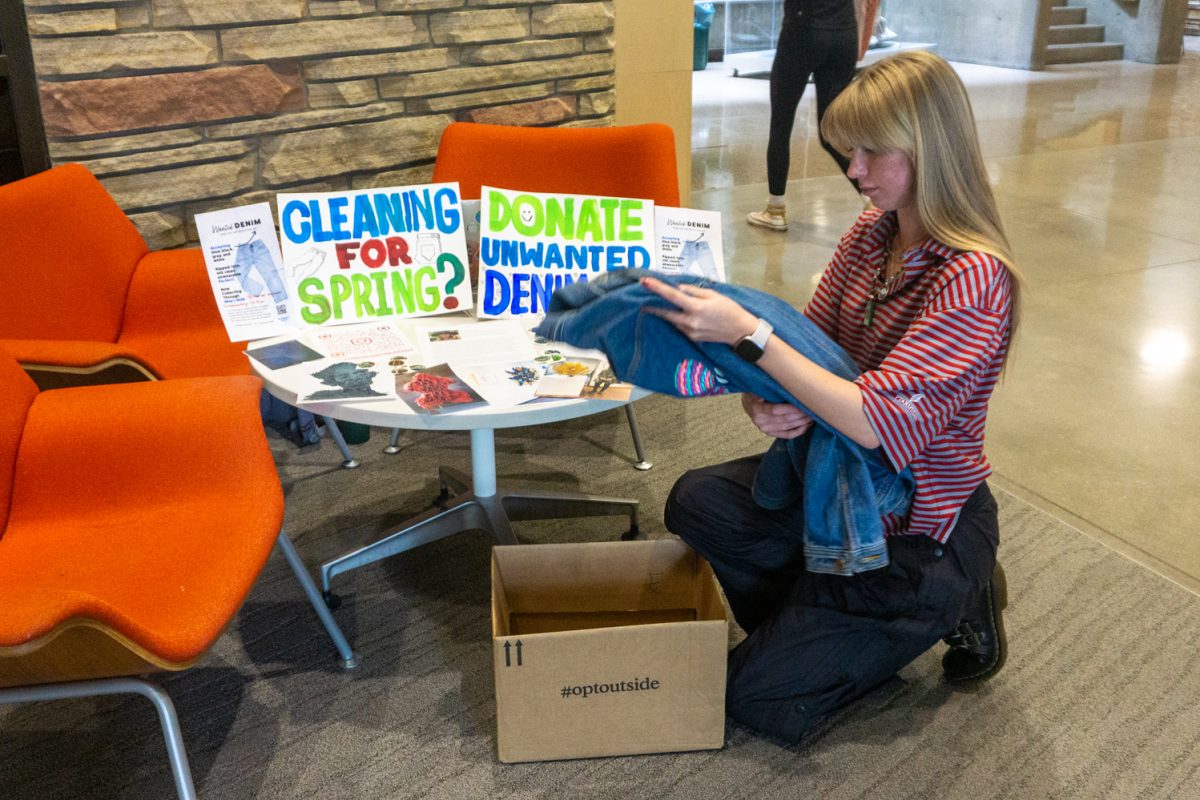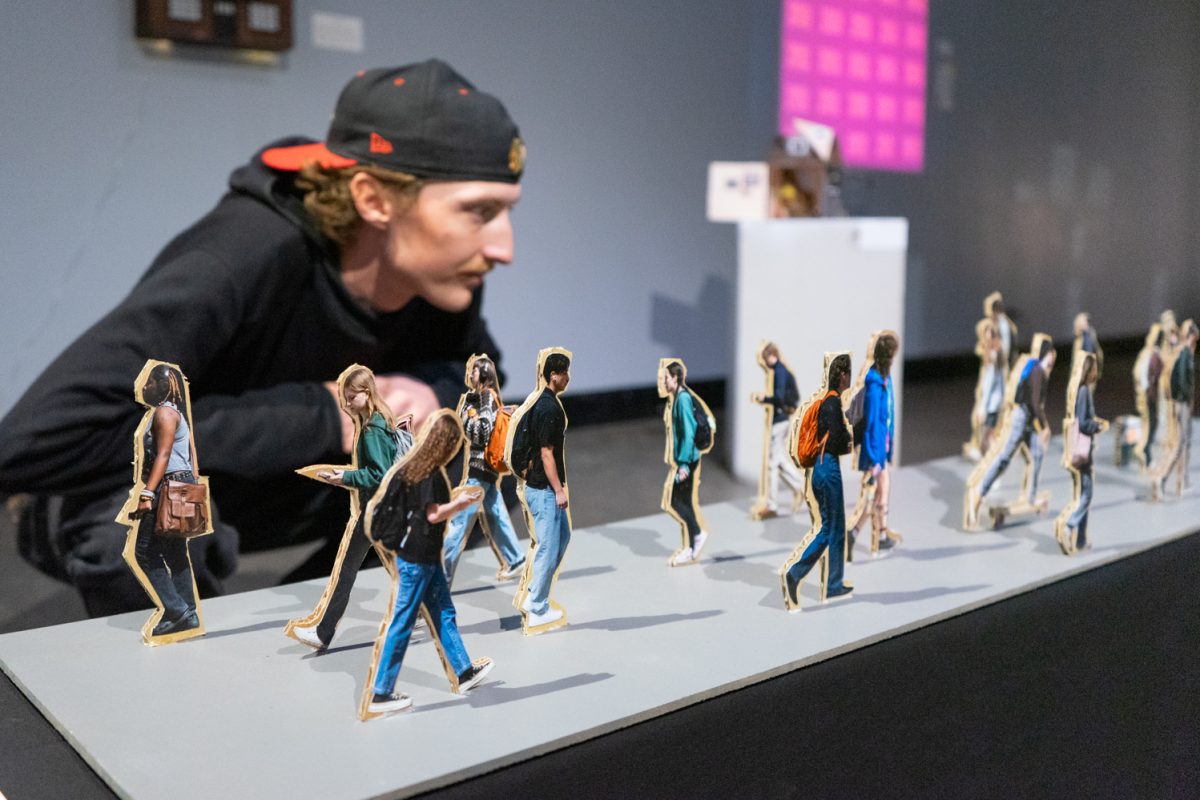Besides occupation by a couple of graduate students and various curious faculty, Colorado State University’s foundry, a workshop for casting metal, has lied dormant for years.

“(Casting metal is) ancient, it goes back to before the Greeks,” said David Grainger, a sculpture professor who has recently been experimenting with bronze. “Some of the materials have become easier to work with, but a lot of it hasn’t changed in millennia.”
Now, Scott Kreider and Mark Dineen, faculty members of the Department of Art & Art History, hope to bring back the use of the foundry and re-establish a love and respect for the archaic medium.
Bronze pouring has been revered for centuries for its difficulty as well as its historical significance. With foundries closing all over the nation, Kreider and Dineen are determined to keep CSU’s open for student use.
“A lot of universities are shutting their foundries down,” Kreider said. “It isn’t perceived as a contemporary artistic material, it’s expensive and it can be dangerous.”
By doing their own experiments with bronze and opening their pours for public viewing, the two faculty members are hoping to create a new age of appreciation for the age-old medium. Dineen said they are talking about ways they can introduce contemporary coursework using bronze, and their work has already inspired students to join them.
“They’re really rebuilding the bronze foundry here, which hasn’t been getting a lot of use lately,” said Patrick Price, a graduate student who has been experimenting with bronze alongside Kreider and Dineen.
The pieces poured on Nov. 12 were mostly for Dineen’s upcoming exhibition, for which he is using bronze as his main medium.
“Instead of focusing on how beautiful it is and how sexy it can become, which it’s known for being shiny and golden in color, a lot of the stuff I’m making is kind of gross in nature,” Dineen said. “I’m using a lot of materials like cardboard and foam that people don’t value to make the shapes, and if all goes well those things will really read well.”
“I think in restarting this, our hope is to drive interest for the students and get them involved.”Scott Kreider, Sculpture Professor
By using unconventional materials, Dineen is hoping to put a modern spin on the ancient material.
The centerpiece for Dineen’s exhibition is so large, the mold took 50 five-gallon buckets of plaster and was nicknamed “the fiat” by Dineen and Kreider. It was the largest mold to ever have been attempted at the foundry.
The process of moving “the fiat,” which weighed over a ton, from the kiln to where the bronze was to be poured took approximately 30 minutes of lifting, adjusting straps, and strategizing. It was a valiant team effort by Dineen, Kreider, Grainger and Price, but ultimately it was unsuccessful.Just before the mold was in place, the bottom half cracked and broke off, dissolving the middle section into a puff of dust and rendering the enormous mold completely useless.

The failure of the mold, though a disaster for Dineen, spoke to the very real trials and tribulations of working with bronze.
“Failures are a part of this kind of a process,” Price said. “Even if the mold didn’t fail, there could be a lot of different problems with the casting, especially with one this size and not having the best foundation on how to go about this.”
Though bronze can be a difficult medium to work with, the challenge is what draws many sculpture artists to try it. With every bronze pour held at the foundry, more and more students show up to experience archaic art form.
“I think in restarting this, our hope is to drive interest for the students and get them involved,” Kreider said.
Lauryn Bolz can be reached at entertainment@collegian.com and on Twitter @laurynbolz.











